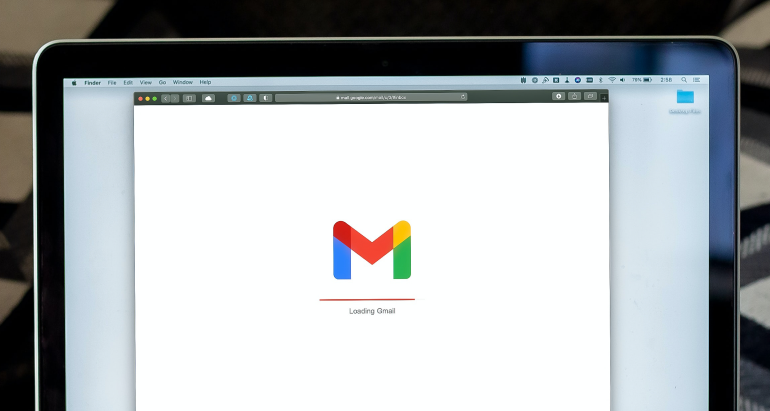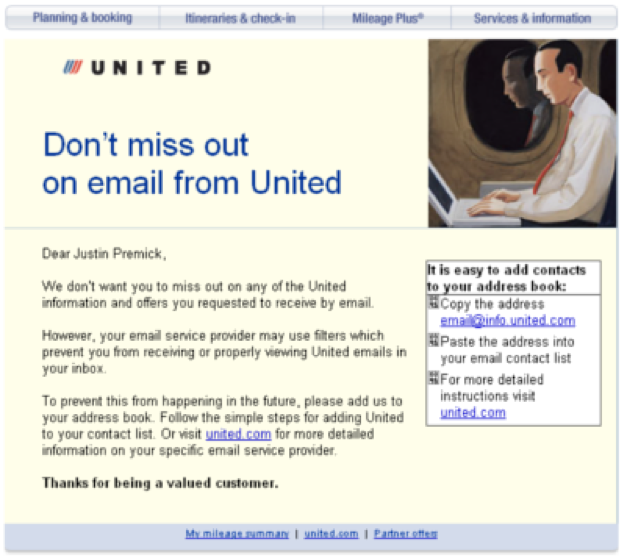
How to Write a Welcome Email That People Will Read
By Guest Blog -
A welcome email is your chance to make the right first impression on potential clients. It might seem like people do not bother to check their emails.
However, research shows a 60% open rate for welcome emails. This is 4x the open rate for other emails. Pretty impressive, right?
The goal is to make your new subscribers feel excited enough to read your welcome email content. Getting it right sets the tone for how subscribers will relate with your brand in the future. So how do you get results from your welcome email? Here is how you can write an email to welcome a new customer and have them read the email.
The Subject Line Needs to be Catchy
Your welcome email subject line is one of the first things a subscriber notices. It means you need to keep it short, simple, and click-worthy. When it comes to the subject line, there are several examples you can use. One common one is: [welcome to] + [company name] as seen below:

You can also personalize the subject by including the subscriber's name. For example, Google's welcome newsletter subject line usually read: "Smiles Alison, welcome to your Google Home Mini". Furthermore, you can include a question that ties to a subscriber's reason for joining your list. For instance, if it is a paper writing service review site the subject line can read: "interested in professional paper writing services?"
You Should Thank and Welcome Your New Subscriber
The next thing to do in your welcome email is to thank and welcome new customers. Everyone likes to feel appreciated. Therefore a little "thank you for subscribing!" can go a long way. Besides it being an act of courtesy, it can also help to build brand loyalty. A subscriber that feels appreciated is more likely to become a paying customer. If you collected details as part of the sign-up process, now is the time to use it.
A personalized "Hi Peter, thank you for subscribing" will probably get a better open rate than an impersonal "Hi there." Personalization doesn't only include using the subscribers’ names. You can also send welcome newsletters based on customer segments. It means you have to identify your subscribers based on needs, lifestyle, preference, etc. and then group them.
Provide Information About Your Brand
The content of your welcome email should touch base on your brand culture, product, and solutions. Give a brief but concise explanation about what your business entails and start building a connection. Doing this allows you to sell your product or service in later emails. Thus it is a form of creating awareness so the subscriber gets familiar with your brand and what it entails.
You can make use of compelling storytelling when writing about your business. Include visuals and video links that show the impact your product or service has on the world. It is an excellent way to connect deeply with your new subscribers and set your brand apart from competitors.
Deliver On What You Promised
Most often, brands get people to sign up using an incentive. Immediately after the subscriber signs up, make sure you deliver on the incentive you promised. When you fail to keep to your word, the subscriber will lose both interest and trust in you.
These incentives might include a free subscription for a limited period, a discount on the first purchase, etc. Such incentives give your new subscribers' immediate value and an added reason to subscribe.
Ask Your Subscribers to Whitelist You
Whitelisting is when a subscriber adds your business email to their address book. The essence of whitelisting is to help increase your email deliverability rates. It ensures that your emails to subscribers won't get filtered to their spam box.
When sending a welcome email, you direct your subscribers on how they can whitelist you. Emphasize the importance of having them whitelist you. That is, so they do not miss any important emails containing special deals, new product alerts, or other valuable information. An example of asking your subscribers to whitelist you can be seen in this United airlines email:

Let the Subscriber Know What to Expect
Another vital aspect of your welcome email is informing your subscriber of what they can expect from you. Let them know the kind of emails you wish to send subsequently.
• Will it be a weekly, monthly, or quarterly newsletter?
• Will the emails be about your exclusive deal?
• Will they be the first to know of your brand's new products or services?
• What actions do you want them to take?
It is excellent for the subscriber to have an understanding of what is to come. This can help to curtail the rate of spam complaints and unsubscribes. It helps to get the subscriber excited about what's to come and the value they'll get from you.
Include Contact Information and Links to Your Social Platforms
You cannot cram all the information about your business in a welcome email. Thus adding your contact details makes it easy for the subscribers to reach you if they need additional information. Include available phone numbers and indicate when the lines are open for people to call.
The links to your social platforms like Twitter, Facebook, Instagram, or YouTube should all be added. Social media is all the rave now, and you can encourage your subscribers to follow you. Also, add links to your websites, blogs, or customer review pages so that they can explore more.
Conclusion
A welcome email that is not well written makes a new subscriber click on the unsubscribe button immediately. But when done right, it can blossom into a mutually beneficial relationship with your new subscriber. Please write a subject line that attracts a subscriber to open the email. Try to keep the content short but informative, and remember to add some personal touch to it.
It can help to boost your overall email engagement and turn potential customers into purchasing customers. Using these welcome email samples and tips, you're well on the path to creating email campaigns that keep them returning for more.
Our digital strategy starts with targeted SEO research and elegant, functional web design—and follows through with data-driven email marketing, digital ads, social media and more. Let's get digital.
***
 Frank Hamilton has been working as an editor at essay review service at Best Writers Online. He is a professional writing expert in such topics as blogging, digital marketing and self-education. He also loves traveling and speaks Spanish, French, German and English.
Frank Hamilton has been working as an editor at essay review service at Best Writers Online. He is a professional writing expert in such topics as blogging, digital marketing and self-education. He also loves traveling and speaks Spanish, French, German and English.